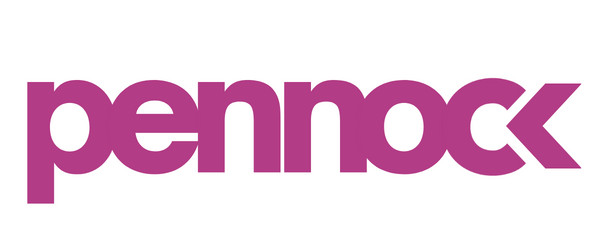Threads Ads: A Beauty & Aesthetics Brand Guide to Meta's Newest Placement
As of April 2025, Meta has rolled out Threads ads globally. For beauty brands, this isn't a new platform to learn from scratch; it's a strategic extension of the Meta ecosystem you already use.
But is it worth your ad spend?
As media buyers, we're already testing this new inventory for our aesthetics and beauty clients. Here is our brief on what you need to know, how it works, and who should be allocating budget to it right now.
✅ What Exactly Are Threads Ads?
Threads ads are a new placement available through Meta Ads Manager. They appear in the main feed of the Threads app, slotted between user posts.
Because Threads is fully integrated, it uses the same targeting, reporting, and campaign tools you already use for Instagram and Facebook.
🧰 How the Setup Works
Here’s a breakdown of the mechanics.
Placement & Setup
Threads is now a default placement.
If you use Advantage+ Placements, Meta will automatically serve your ads there.
If you use Manual Placements, "Threads feed" is now a pre-selected option.
To opt-out: Go to your Ad Set → Placements → Manual Placements → Deselect "Threads feed."
2. Targeting & Creatives
Targeting: All your existing Meta audiences work. This includes interests ('Skincare enthusiasts,' 'Sephora shoppers'), behaviors, and your all-important Custom Audiences (e.g., lookalikes of your 'Botox leads' or 'past serum purchasers').
Creatives: Currently, Threads primarily supports single image ads. Think a high-impact product shot, a compelling 'before and after' (that is policy-compliant), or a text-led graphic.
Brand Safety: Meta provides an "Inventory Filter" (Expanded, Moderate, Limited) to control the sensitivity of the content your ads appear next to—a crucial control for premium beauty brands.
The Current Limitations
This is a new placement, so it's not as robust as Instagram.
Don't expect the full suite of sophisticated, e-commerce ad formats (like your dynamic product catalogs or AR try-on features).
For now, it's best to view Threads as an upper-funnel (like launching a new serum) or community-building play, not a primary conversion engine (like booking medspa appointments). We've found it performs best when the ad content feels native and conversational.
🎯 The Pennock.co Verdict: Who Should Test It?
This is a good fit if your beauty brand:
Seeks additional reach. The cost to add Threads as a placement is minimal. It's an easy way to expand your touchpoints with a relevant audience.
Targets a social-native audience. The demographic is heavy on the Gen Z and Millennial beauty lovers who are comfortable with text-led content.
Can create "native" content. Ads that look less like a promotion and more like organic, text-led beauty advice or a "GRWM" (Get Ready With Me) text post will win.
Wants a first-mover advantage. Competition is low, which can mean lower CPMs for now.
You should wait if your brand:
Relies on complex ad formats. If your entire strategy depends on Dynamic Product Ads for your full beauty catalog, wait for the placement to mature.
Has an older target audience. If your core customer is an older demographic that has not adopted text-based apps, your budget is better spent elsewhere.
Needs proven, bottom-funnel performance. If you have extremely tight CPA or ROAS targets for booking appointments and cannot afford to test, this placement is too new for you.
📊 Key caveats & measurement tips
Ad Policy Still Applies: For beauty, aesthetics, and wellness brands, all of Meta's strict ad policies still apply. Be careful with 'before and after' images, exaggerated claims, or any content that falls into the "personal health" category.
Measure by Funnel: Don't just look at ROAS. Use Meta's reporting to segment by placement. See if Threads is driving cheaper top-of-funnel traffic for a new product drop or if it's adding value as an awareness touchpoint.
Test, Don't Invest: Add Threads to your existing Advantage+ campaigns. Don't build a standalone, high-budget campaign for it until you have baseline performance data.
